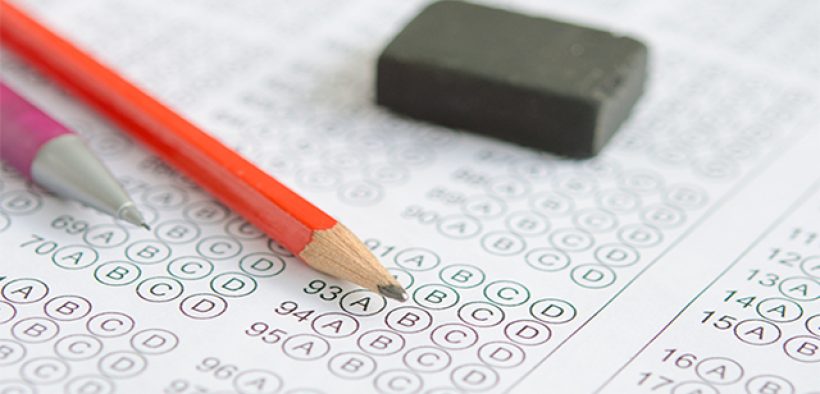Multiple-choice tests don’t get much respect. Maybe it’s because they’re associated with memorization, old-fashioned standardized tests, and other situations in which the answer is likely to be “C.”
Yet when properly designed, multiple-choice tests can be a vital addition to your testing tool box. Outlined here are 30 tips for writing good multiple-choice questions.
All the suggestions that follow stem from two basic precepts:
- Remove all barriers that will keep a knowledgeable student from getting the item right.
- Remove all clues that will help a less-than-knowledgeable student get the item right.








